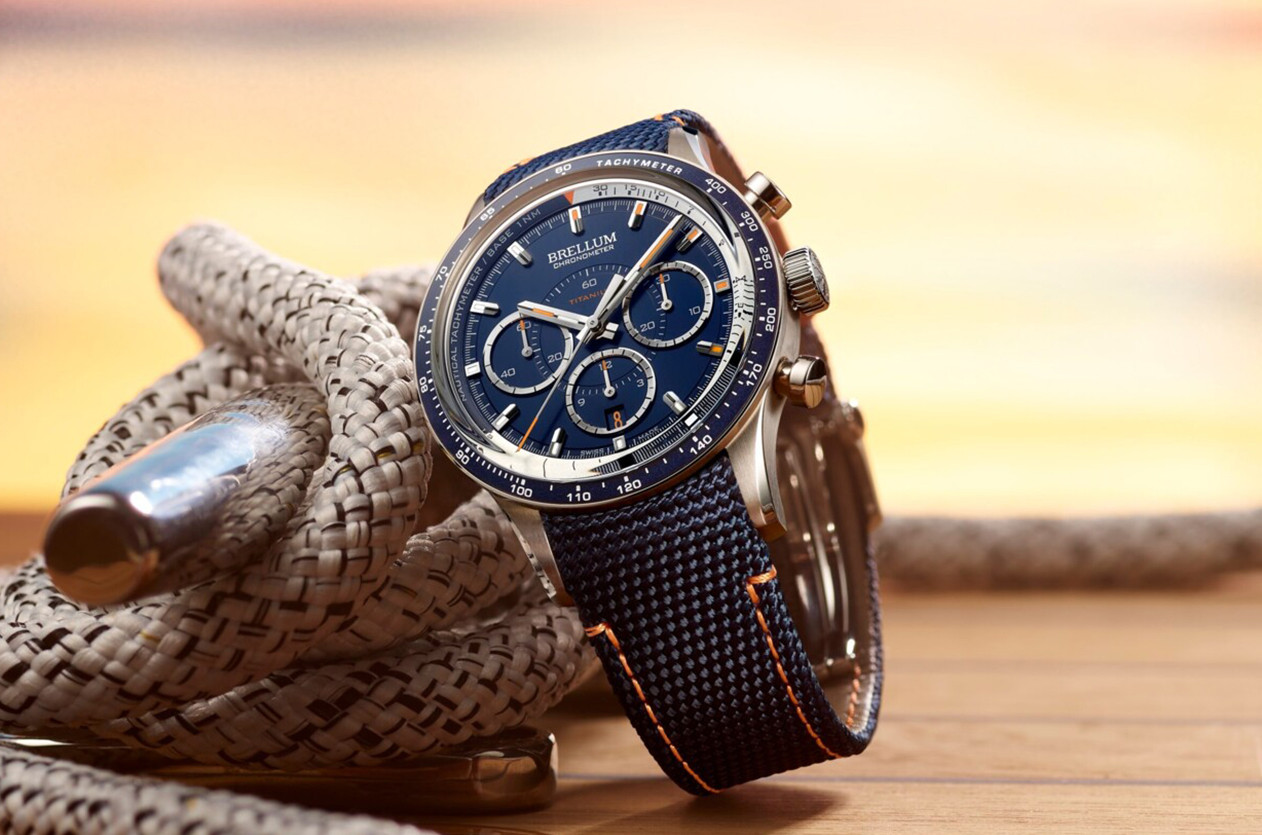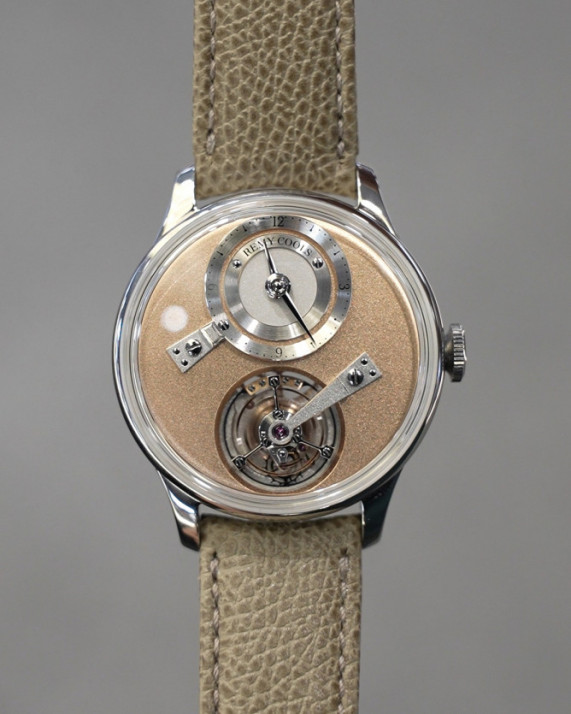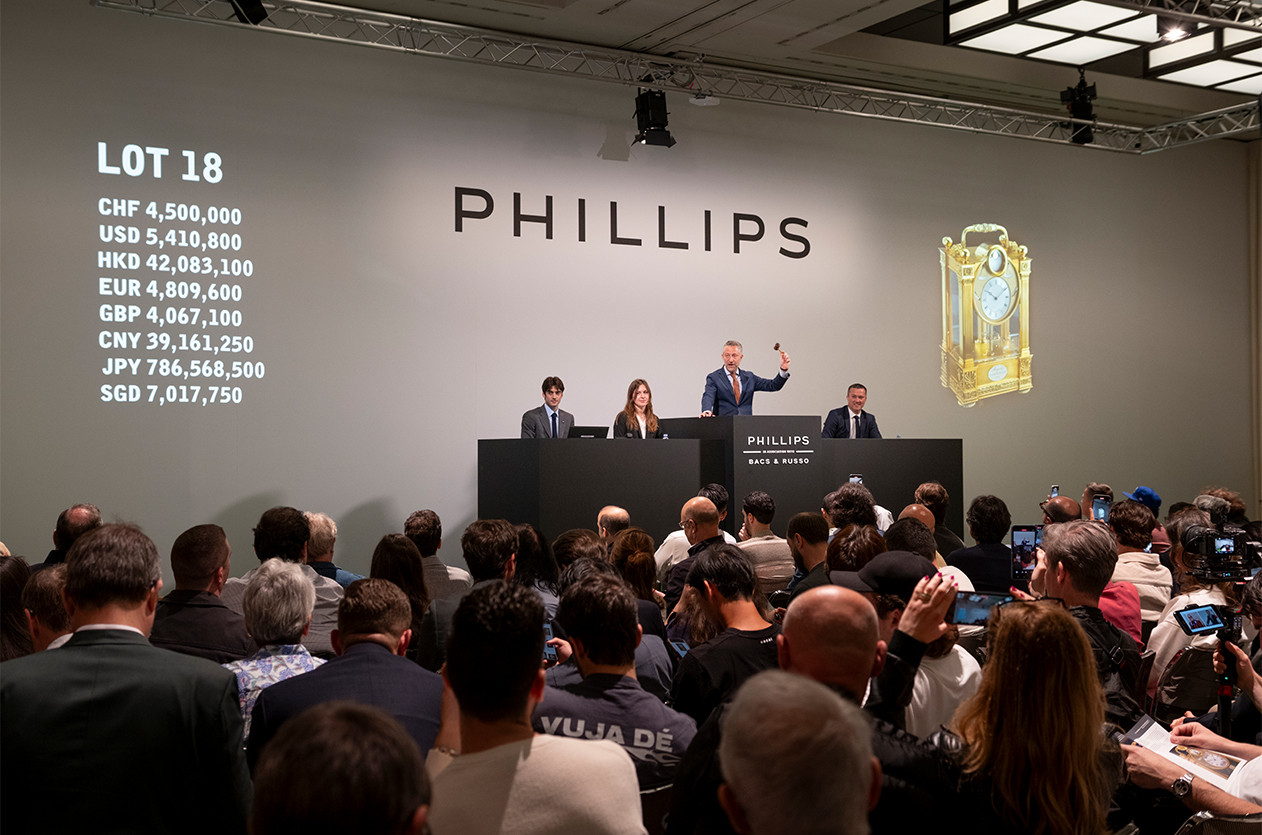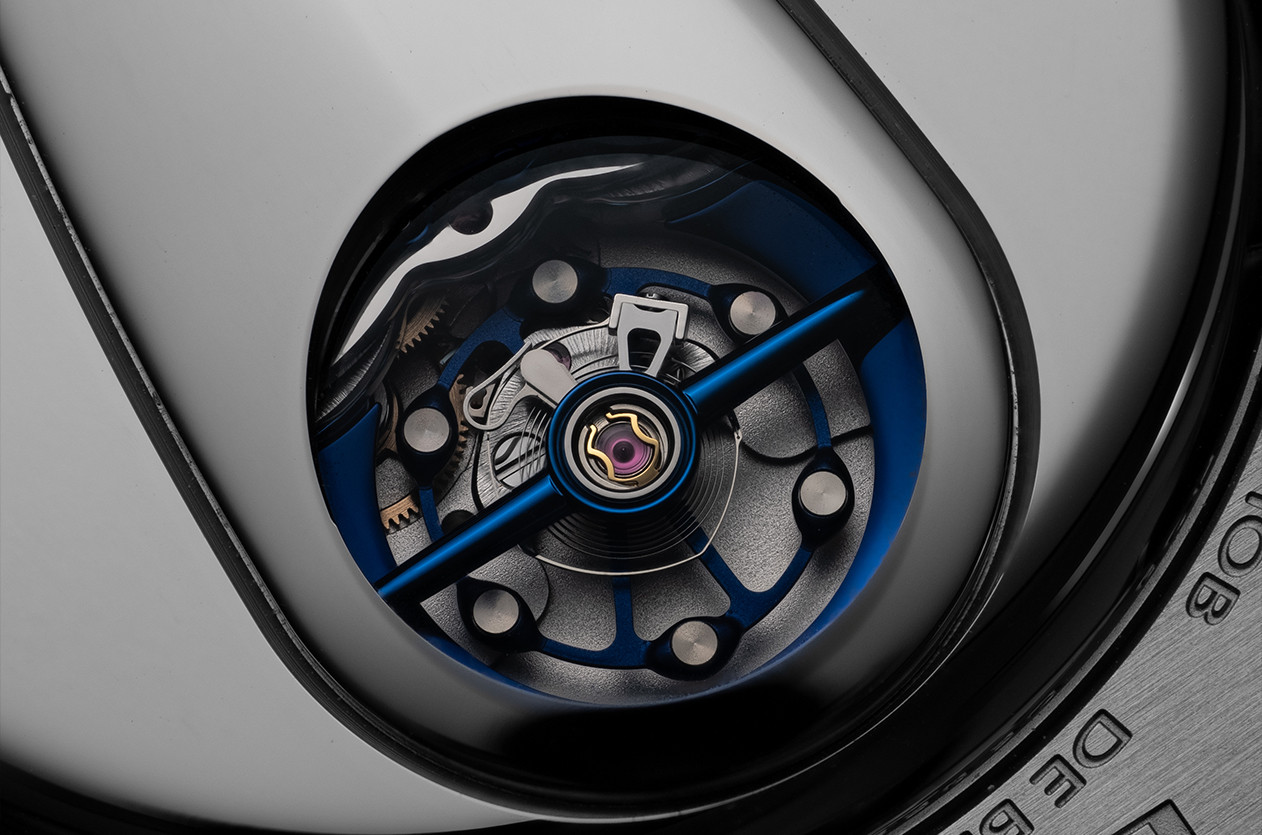
Introducing The Brellum Pandial Marina Tricompax Chronometer
Welcome to the hub of the horoloy
A decorative pattern or texture applied to the surface of the dial. It gives the watch dial a finish that resembles barley grains. The grain pattern is achieved by engraving a series of fine and evenly spaced lines on the surface of the dial. These lines can be oriented horizontally, vertically, or radially, depending on the desired aesthetic effect. The purpose of adding the grain pattern to the dial is to enhance its visual appeal by creating a delicate texture that captures light and adds depth to the overall design.
Usually, the grain pattern is achieved using specialized techniques such as "guilloché". These techniques involve the use of machines or lathes that are operated manually to create consistent and uniform lines on the surface of the dial. The intensity and pattern of the grains can vary, ranging from fine and delicate grains to more prominent and bold ones.


Editorial U.S. Tariffs and the Dollar Rate, A New Challenge for the Swiss Watch Industry

News Dubai Watch Week 2025 Will Be the Largest Ever with 90 Brands Participating

Auction Phillips Achieves CHF 43.4 Million at the Geneva Watch Auction XXI

Technical The Frequency, Why It Matters in Mechanical Watches

Editorial Exploring the Distinctive Charm of Regulator Watches

Summary Manuel Emch, Waqt’s Personality of the Year 2024